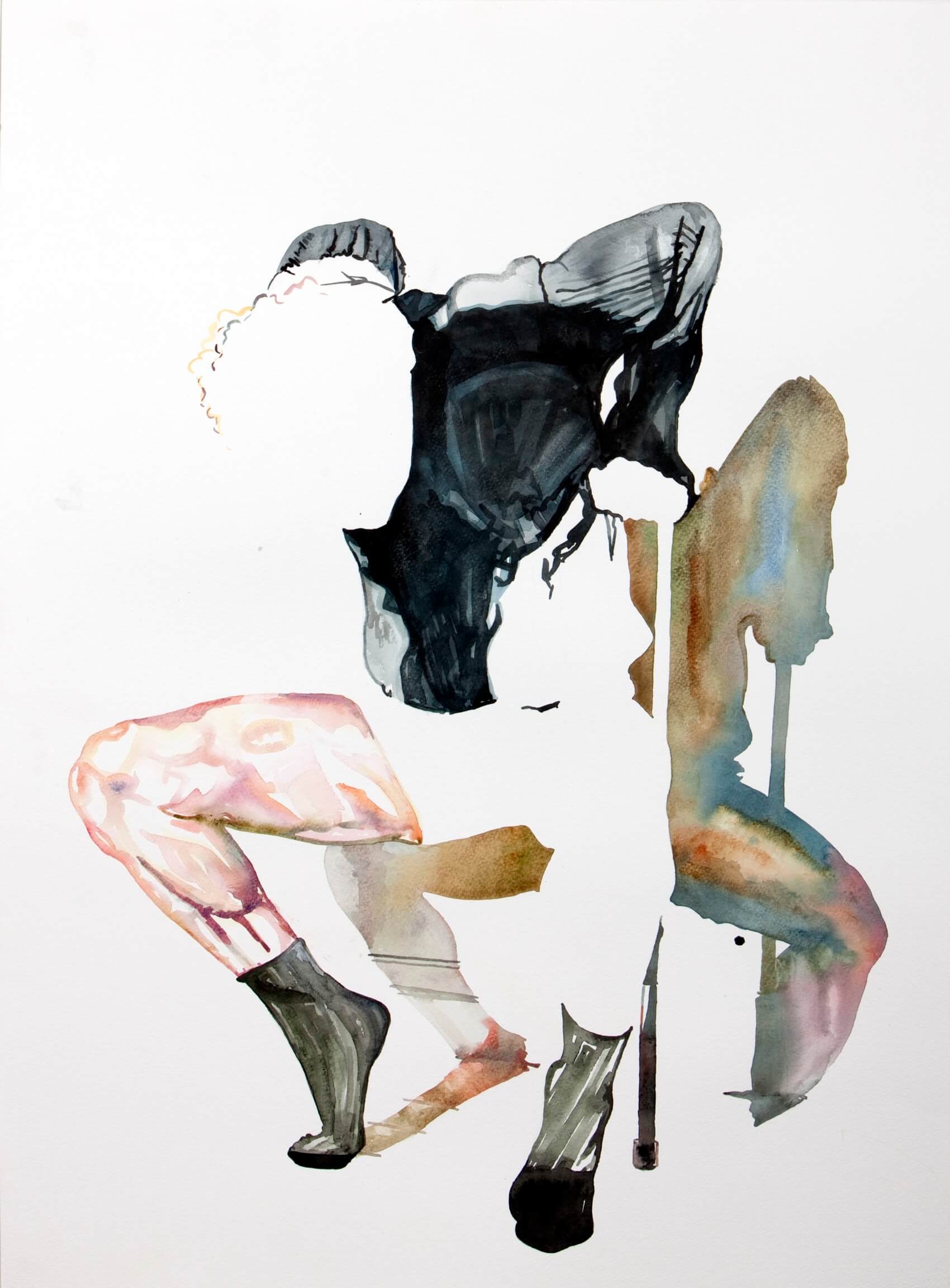
When I mentally invoke the image of a body, I see a Platonic form. It’s not my body or the body of anyone I know; it’s some blurry composition of a torso, a head, two legs, two arms, ten fingers, and ten toes. It’s highly normative - a “typical” body you might say - and when I try to focus on the whole image, each component fades away, suggesting that my very idea of the normative body is undefined.
Norms around the human body are so pervasive that they feel as though they are innately built into society. But the collection of population-level statistics on the human body - and the idealized norms that resulted from them - only began in the early nineteenth century.1 Scholar Rosemarie Garland-Thomson speaks to this recent illusion with her conception of the “normate”: a supposedly stable and ordinary body that gets its meaning from an "array of deviant others." The normate is granted value in society according to the "bodily configurations and cultural capital they assume", and though the specific traits required to qualify as the normate are dictated by culture and by time period, they inevitably create a profile so narrow that it excludes almost all real people.2
The Good Life V sparked my questioning on the idea of wholeness within the normative body. Van de Koot plays extensively with the idea that the absence of an element signifies its presence: blank features in the man’s figure are manifested in his shadow, while select features in positive space disappear behind him. There is no one-to-one mapping, where each feature exists exclusively in one space or another. In this way, van de Koot indicates a blurred boundary around the physical body. The notion of absence signifying presence also projects into considering ideals of the human body. Though most people do not occupy their days by thinking about what constitutes a body, observing people with congenital or medical amputations often brings to light buried expectations about what the “whole” human body should be.
But even the subject of this portrait does not seem to me to have any less of a body. It’s not the criteria of “left leg” that grants you a body, nor a coverage of skin cells, nor 206 bones underneath that sheath. While certainly the loss of a limb you once had can be observed as a substantial shift to the body, the skin cells we lose every minute of our lives are not processed as missing parts (nor is cutting fingernails or strands of hair). Further, the felt need to have something may supersede what we can do with those things. The popularity of cosmetic prosthetics suggests that in many cases “filling in the negative space” is an end in itself. Yet, without a bounded body, there can be no such thing as negative space.
Van de Koot asks us to consider and reconsider the very idea of wholeness - that a body may not include its extension to four symmetrical limbs, and that presences and absences add up to wholeness of another kind. Upon your next viewing of The Good Life V, erase any initial outline you drew around the body. Reconsider the combination of positive and negative space - not as two pieces of a puzzle that fit together and form a whole - but as an indicator of how the very boundaries of the body can be extended.
Explore more of van de Koot's work at woutervandekoot.com. For more on portraiture, see Riva Lehrer, Laura Swanson, and Monica Takvam.
1 Hendren, Sara. What Can a Body Do?: How We Meet the Built World. Riverhead Books, 2020.
2 Garland-Thomson, Rosemarie. Extraordinary Bodies - Figuring Physical Disability in American Culture and Literature. Columbia University Press, 2017.